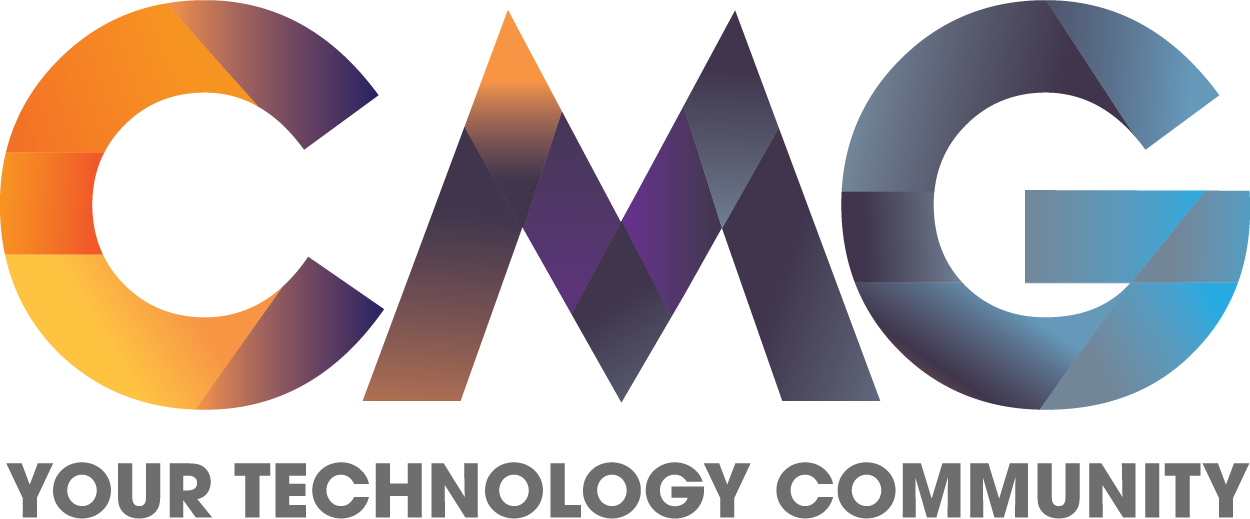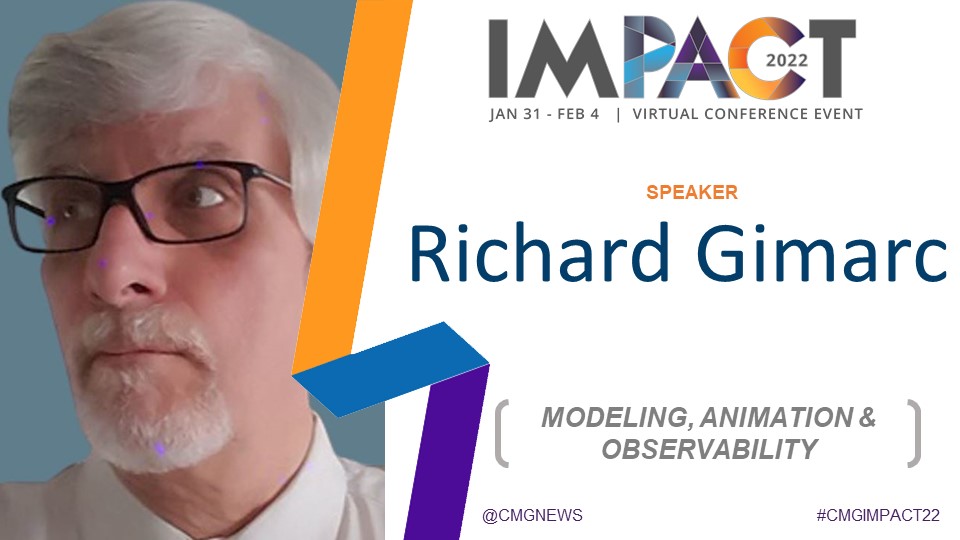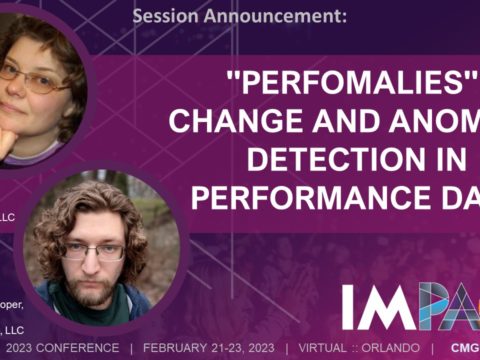Modeling, Animation & Observability

Cloud Decisions Optimization
December 2, 2021
Is the mainframe at the heart of your cyber resiliency strategy?
December 3, 2021Modeling has been a valuable tool for evaluating application performance during design, test and production for the last 40+ years. However, there are challenges with model construction and usage. This presentation will (a) demonstrate how animation can improve the utility of modeling and (b) how leveraging distributed traces can reduce the time and effort required to build and refresh a model.
Open-source software will be used to demonstrate the value of adding animation to the evaluation of a model. Visualizing application dynamics in real/near time provides more insight into understanding performance compared to a static before/after report. Furthermore, if you extend animation to include interactivity, you now have a “human in the loop” to guide and review “what if” scenarios.
One or the more interesting components of Observability is distributed traces. From a modeler’s point a view, a distributed trace addresses one of the primary challenges with model construction: how does a transaction flow through the system. A formal data model will be proposed as a way to capture and reuse flows represented by distributed traces.
Takeaways:
- Modeling is still a valuable way to evaluate and understand application performance across the development lifecycle
- Adding animation and interactivity to a model has the potential to increase the breadth of application modeling consumers
- Observability’s distributed traces have more utility than providing context for real-time and historical data
INTERVIEW:
About The Speaker:
Richard Gimarc is an independent consultant specializing in various areas of capacity management including application profiling/sizing, system modeling, capacity planning and performance engineering. His career started in software development and progressed into services and consulting. Richard has been an active CMG member for a number of years, both at the national and regional levels where he has contributing 50+ papers and presentations. His recent work has focused on Digital Infrastructure Capacity Planning.
IMPACT 2022 Session Video:





